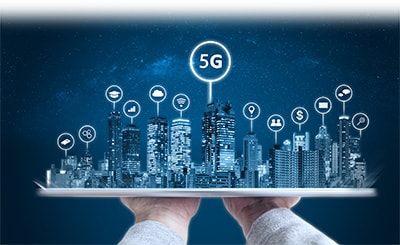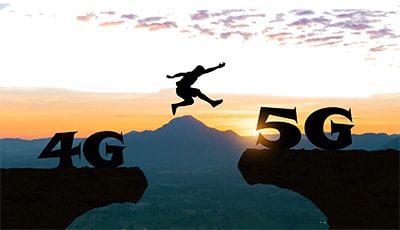- Hotline+971 50 27 28 29 1
- for Individual offices click here
STA's Team of Lawyers in Abu Dhabi, Bahrain, Doha, UAE, Luxembourg, Moscow, RAK, Sharjah, and Singapore. Find a Lawyer. ..
Read more informationIndia to update its Laws before the 5G rollout
 The Department of Telecommunications (DoT) has recommended repealing the Indian Telegraph Act of 1885 and the Indian Wireless Telegraphy Act of 1933, both of which were enacted in 1885 and 1933, respectively, be replaced with regulations that represent current realities and emerging communication patterns. The changes to the law are part of India's 5G plans.
The Department of Telecommunications (DoT) has recommended repealing the Indian Telegraph Act of 1885 and the Indian Wireless Telegraphy Act of 1933, both of which were enacted in 1885 and 1933, respectively, be replaced with regulations that represent current realities and emerging communication patterns. The changes to the law are part of India's 5G plans.
Prior to the actual introduction of 5G, the government aims to simplify and reform the outdated laws that regulate telecom services in India, allowing, for example, connectivity between connected devices to spur development in the digital economy, according to a top official.
According to local media, the National Law University in Delhi has been enlisted for the upgrade programme, which will concentrate on the machine to machine (M2M) learning and IoT regulations. Net neutrality, network control and pricing, and user protection are likely to be other areas of focus. After consulting with different stakeholders, NLU has been given four months to prepare the report, after which it will make recommendations to the telecom department.
The university's team of technical and economic academics will focus on drafting telecom infrastructure and right of way (RoW) regulations for network growth, and regulatory amendments could be introduced in areas such as Spectrum allocation, network stability, and other security criteria, such as vendor management, protection for confidential information and applications, and component suppliers.
“The mandate will include simple regulation, promoting innovation and proliferation of technologies, and decriminalization of acts deemed to be offences,” DoT secretary Anshu Prakash is quoted in local media as saying. Most notably, the proposed law would have guidelines for M2M connectivity and the Internet of Things.
“The current legislation governs how people interact with one another and with machines. "However, there are differences for machine-to-machine interfaces," he said.
 Although the next-generation, or 5G, wireless technology promises lightning-fast downloading and video playback, its true potential lies in allowing electronic devices to communicate with one another, forming a mesh of wired devices known as the IoT. Driverless cars and automated production lines, among other items, would be popular thanks to this technology.
Although the next-generation, or 5G, wireless technology promises lightning-fast downloading and video playback, its true potential lies in allowing electronic devices to communicate with one another, forming a mesh of wired devices known as the IoT. Driverless cars and automated production lines, among other items, would be popular thanks to this technology.
In the coming weeks, initial consultation meetings are scheduled to begin.